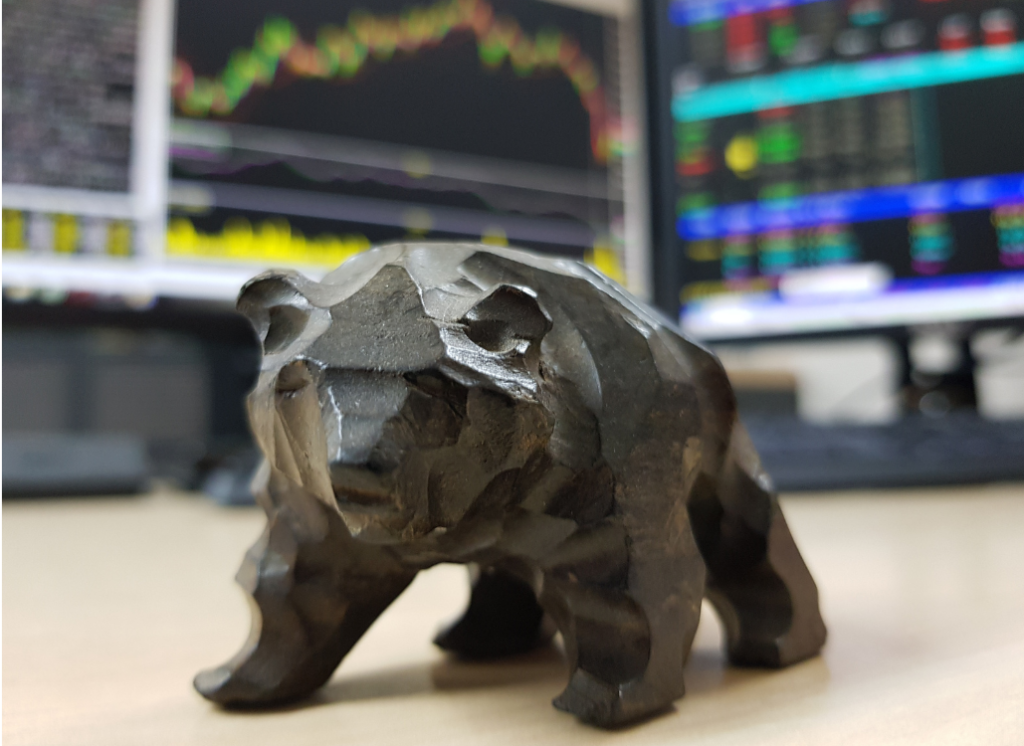
After leading the market higher for much of 2020, technology and tech-related stocks have tumbled over the past days. While nobody knows where tech stocks will go from here, the correction underscores how important a diversified investment portfolio is for building long-term wealth.
But what does a diversified portfolio really mean? Could you be diversifying your portfolio the wrong way?
Why diversification matters
Diversification is one of the most effective risk management techniques available to investors. At its core, diversification is simply not putting all your eggs in one basket.
If your portfolio contained just a few tech stocks, the recent correction would have dragged down your portfolio value. But if you were invested in multiple asset classes across different sectors and geographies, your portfolio will be less affected. Even if your tech assets underperform, your other investments might still hold steady.
What a diversified asset allocation looks like
Generally, stocks and bonds are known to have a low correlation. When stock prices go up, bond values tend to go down. That’s why all portfolios should at minimum have a mix of both stocks and bonds.
But for optimal risk diversification, consider adding investments such as gold and real estate too. For instance, gold has emerged as a safe haven asset with its price surging over the past months.
Diversification pitfalls to avoid
Some investors think that owning 50 or even 100 different stocks gives them a well-diversified portfolio. That’s not necessarily true. If you invest in 50 stocks but they are all from the same country and sector, you’re not truly diversified because they are likely to be highly correlated.
As you relook your asset allocation, steer clear of these three other diversification mistakes.
1: Not diversifying within asset classes
When investing in stocks, this could mean investing in large cap, mid cap and small cap stocks. You should also own stocks from diverse sectors such as healthcare, energy, consumer goods and more. The same is true with bonds. You should purchase different types of bonds (such as government bonds and corporate bonds), with different maturities and different issuers.
Don’t forget different geographies too. Rather than just investing in the Singapore market, consider investing internationally. Different markets tend to have their own economic cycles. What’s more, larger markets like the US will offer greater exposure to successful global companies the likes of Amazon and Apple.
2: Going all in on a handful of stocks
For investors who prefer to DIY stock pick, achieving a diversified portfolio may be a little more difficult. Many investors hold just a handful of stocks because building a portfolio with dozens of stocks is expensive. The brokerage charges for each purchase or sale can quickly add up. This exposes them to the risk of potentially losing a lot of money if one or several of their stocks tank.
But if you don’t fancy the idea of having to manage a diverse portfolio of multiple stocks, consider using Exchange Traded Funds (ETFs) as a way to gain instant diversification. ETFs allow you to invest in a basket of stocks with just one transaction. For example, if you buy the SDPR S&P 500 ETF, you are effectively investing in 500 top US companies.
3: Not checking your underlying holdings
Let’s say you’re invested in about eight different funds. That should give you ownership of hundreds of securities, which means you’re well-diversified, right?
Not so fast. If all your funds are invested in similar sectors or have similar investment mandates, there may be considerable overlap between their underlying securities. For example, you may find that your funds all have the same stocks as their top holdings. If those stocks underperform, this could have a disproportionately negative impact on your portfolio value.
Investors usually forget to pay attention to what their funds’ underlying holdings are as long as the fund names seem to suggest a sufficiently diversified portfolio. It’s worthwhile spending some time to look through your underlying securities to make sure you aren’t over-allocated to a specific company or group of companies through your funds.
How will you know if your portfolio is diversified?
A diversified portfolio is made up of assets that have no or low correlation. If your investment holdings are all going up or down by similar amounts at around the same time, your portfolio may not be truly diversified.
Ultimately, a well-diversified portfolio should have a meaningful allocation to multiple asset classes, sectors and geographies. Your ideal asset allocation is in turn determined by your risk profile, investment goals, and time horizon.
Not sure how to build a diversified portfolio? Syfe’s Global ARI ETF portfolio is well diversified across stocks, bonds and gold, with exposure to a broad array of sectors and geographies.

Still bullish on the tech sector? Don’t plunge your life saving into a single “hot” tech stock. Instead, you may want to consider investing in over 1,500 top stocks through Syfe’s Core Equity100 portfolio. The portfolio is exposed to not just growth stocks like Microsoft, Apple, Amazon and other tech leaders, but also low-volatility stocks. These include stocks from consumer staples like Walmart, and the healthcare sector like Pfizer Inc.







You must be logged in to post a comment.